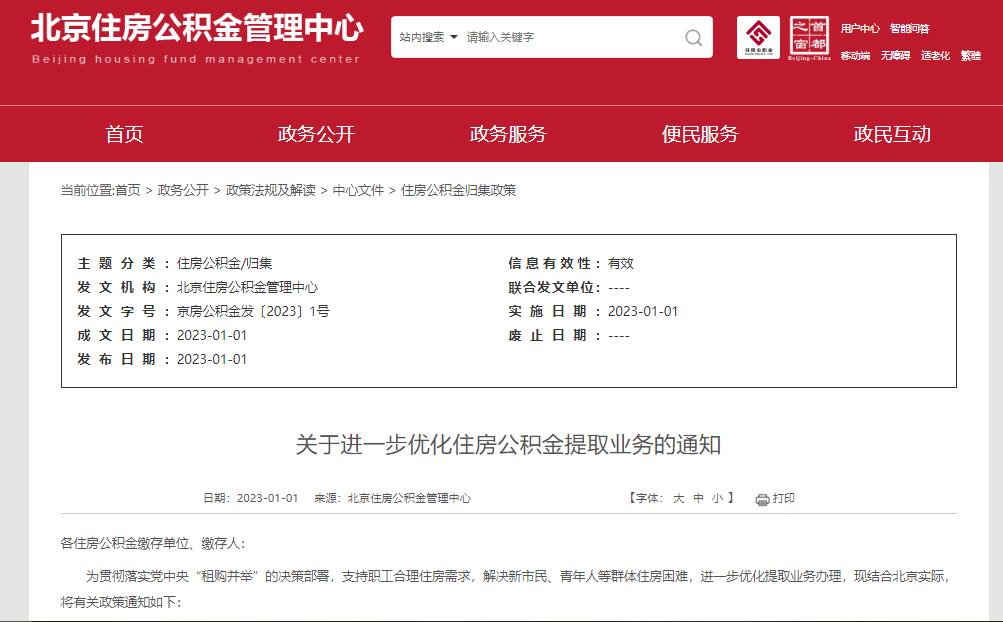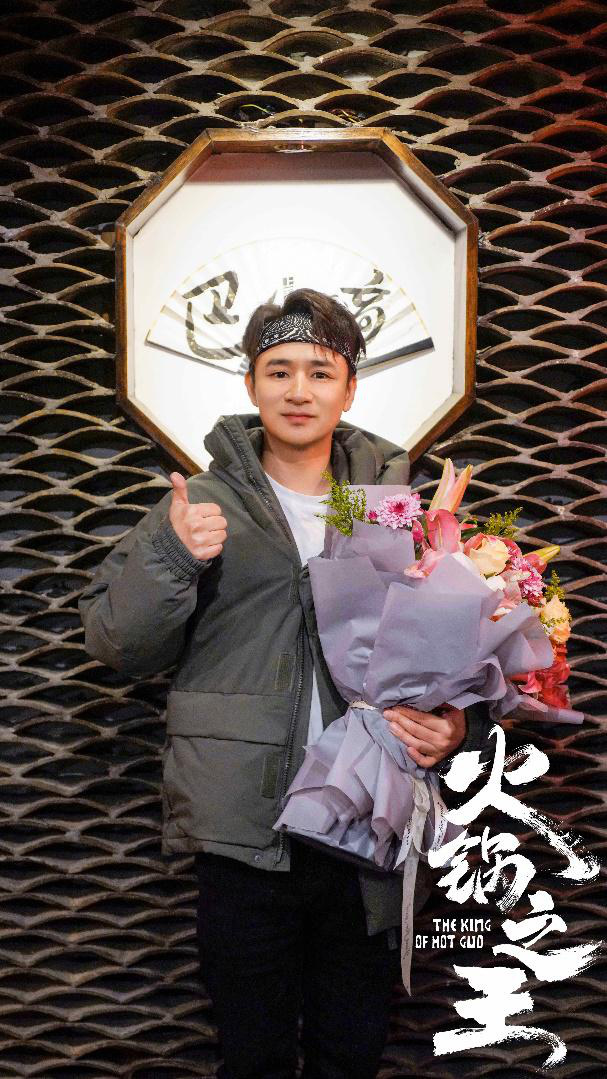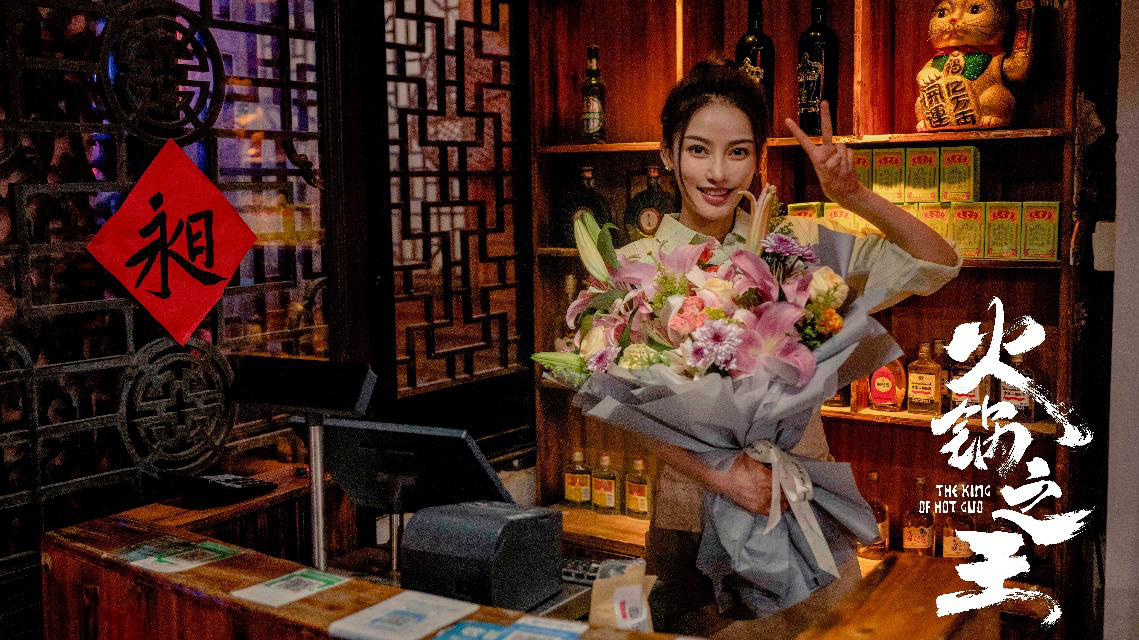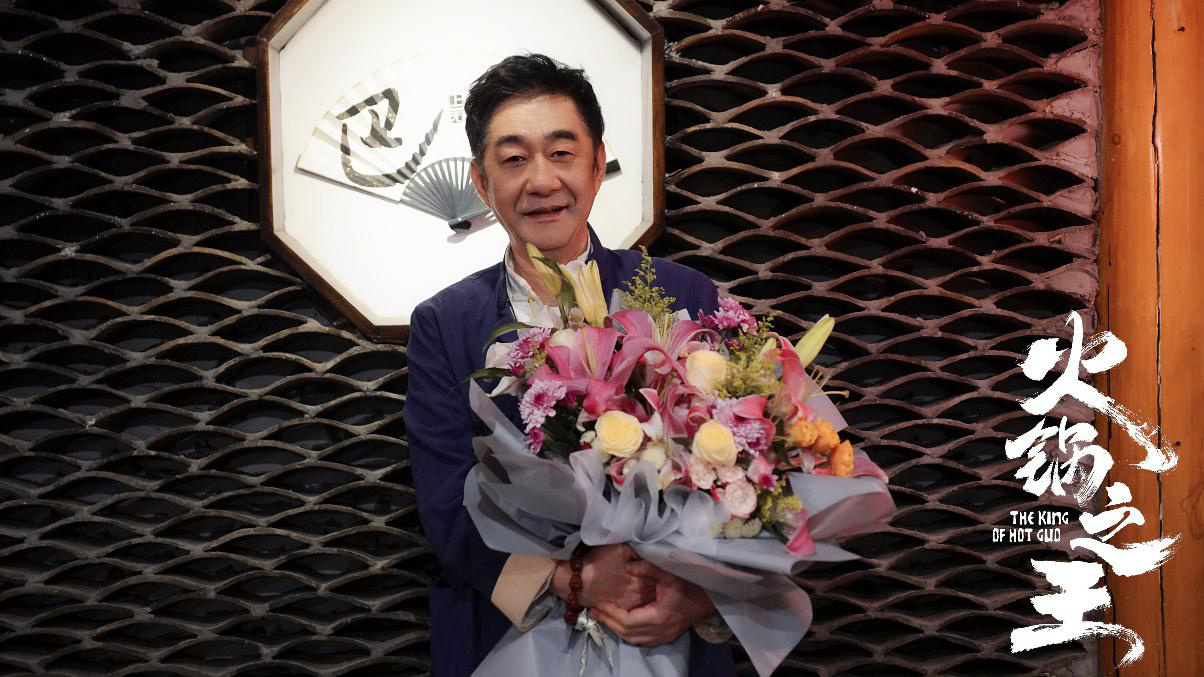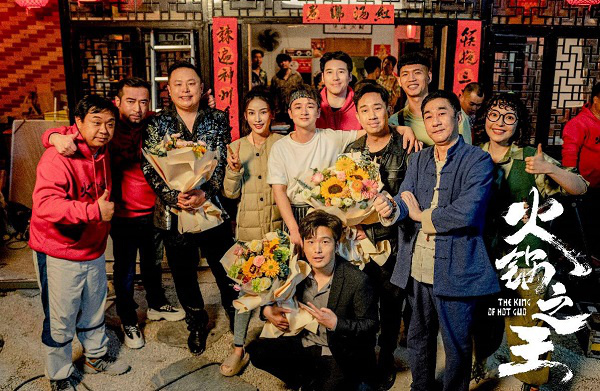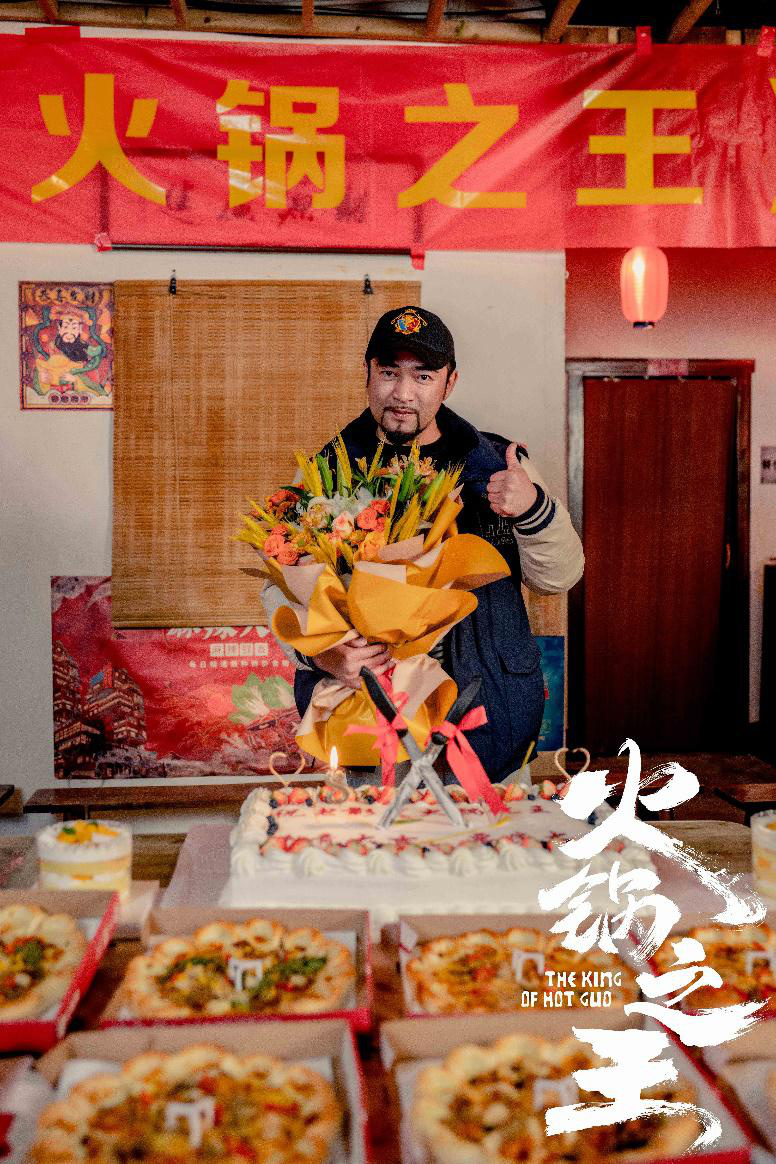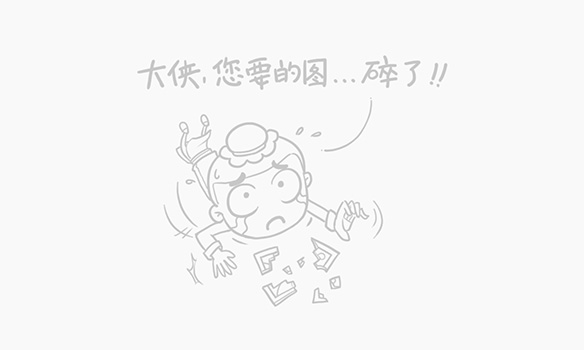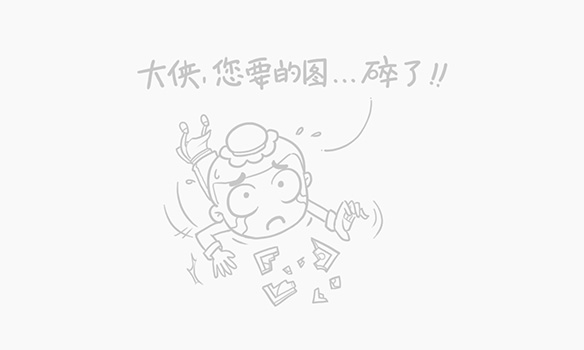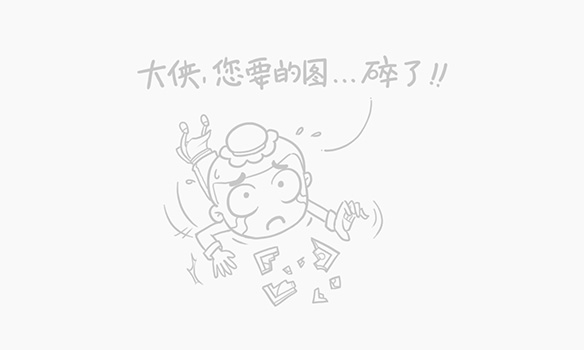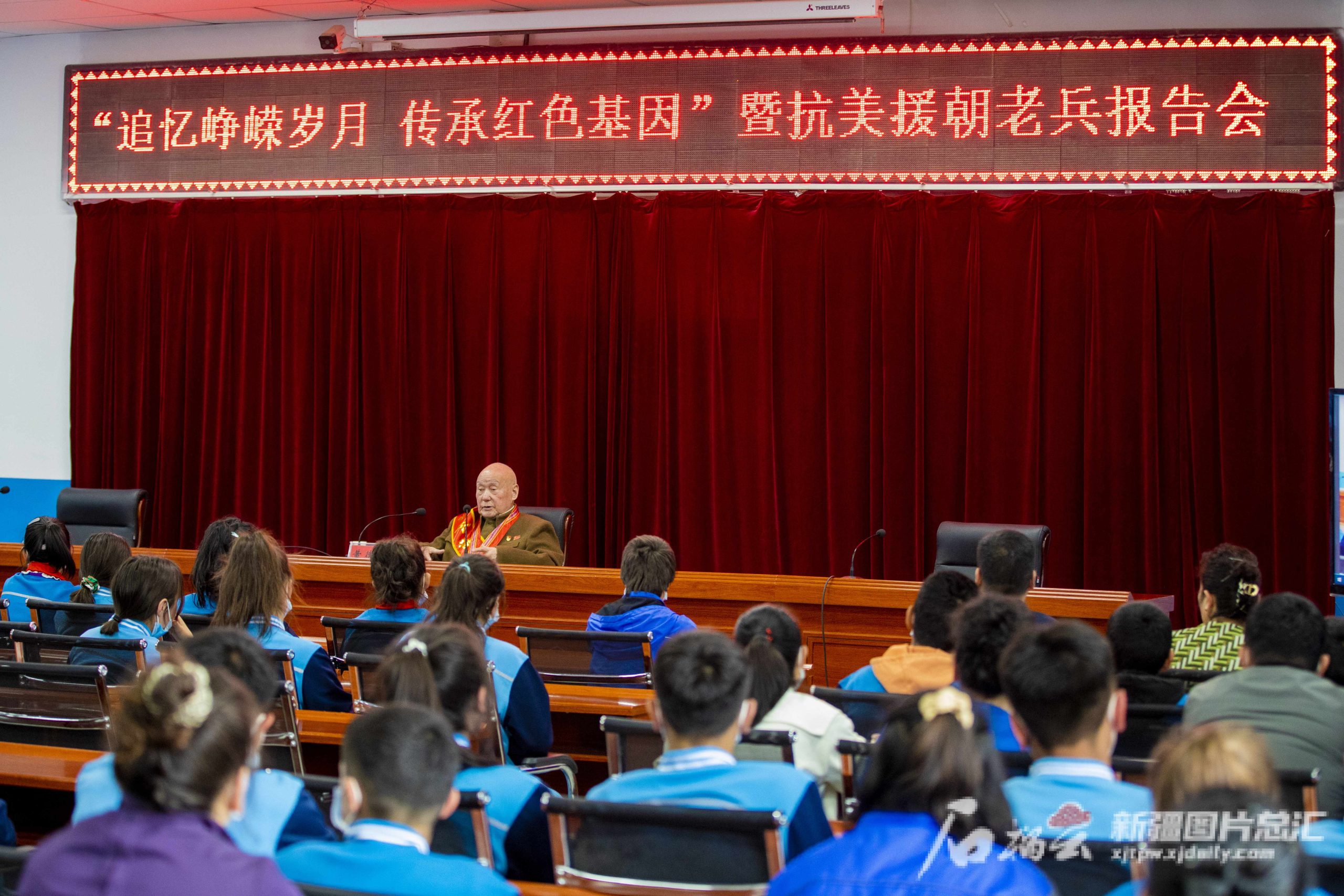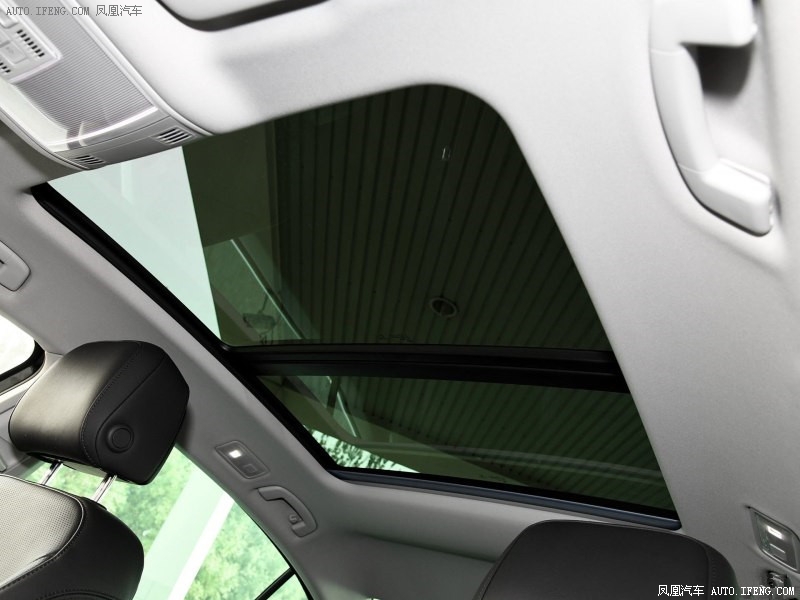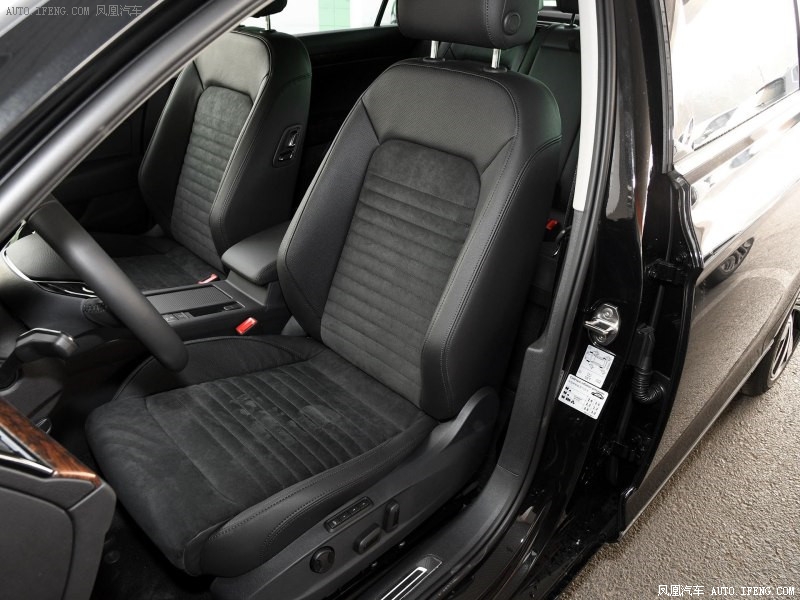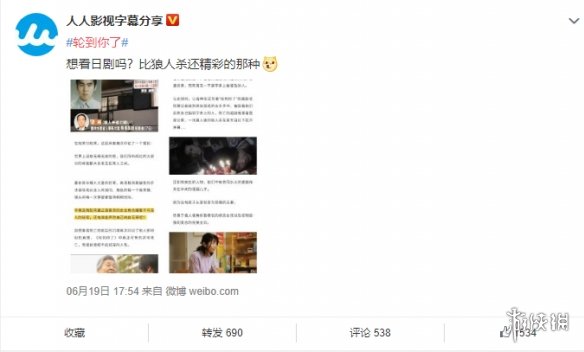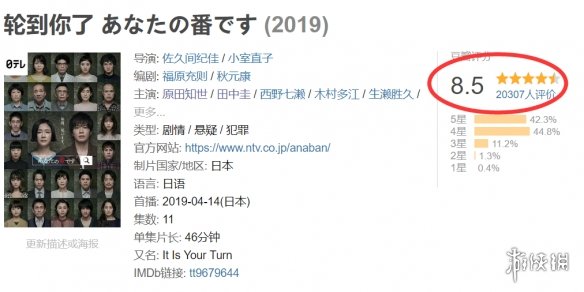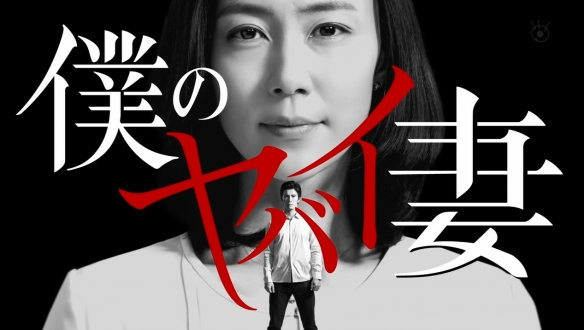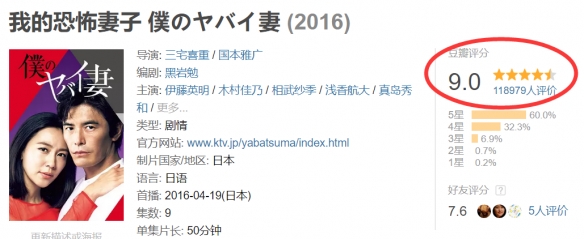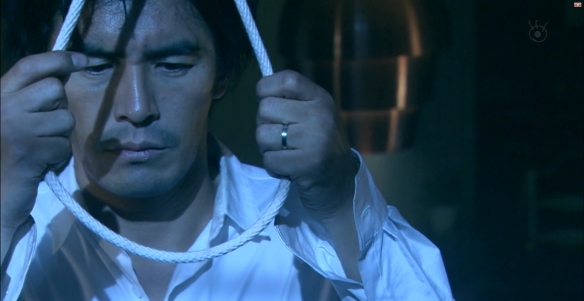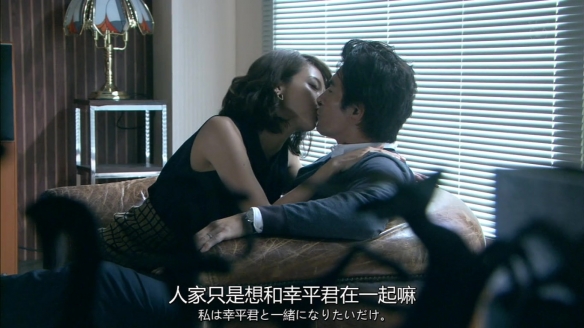In 2024, the Hangzhou Junior High School Academic Level Examination (hereinafter referred to as the senior high school entrance examination) will be held on June 22nd and 23rd. There are 167 school test sites in the city, and 90,000 candidates will take the examination, including 56 test sites in the urban area (referring to Shangcheng District, Gongshu District, Xihu District, Binjiang District, Qiantang District and Xihu Scenic Area, the same below) and 38,000 candidates. When the senior high school entrance examination is coming, please check this warm reminder before the exam ~
Examination subjects and time
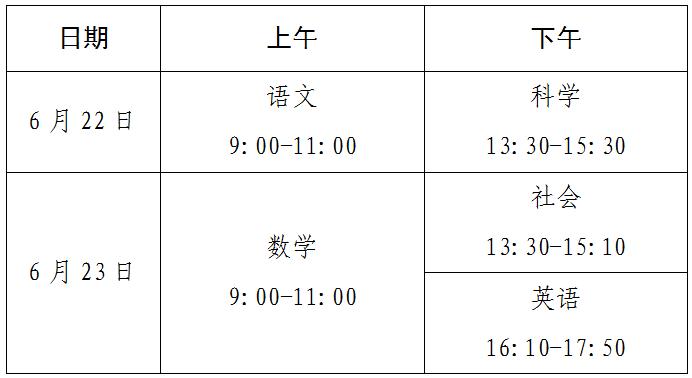
Urban test sites and addresses

Safety examination reminder
1. Get ready for the exam
Please familiarize yourself with the test route in advance according to the name and address of the test center on the admission ticket. When you go to the exam, you should set off in advance and reserve enough time to prevent the exam from being delayed due to traffic, weather and other reasons. Except for English subjects, candidates are forbidden to enter the examination center 15 minutes before the examination (the English subject exam will be preceded by a listening test on the afternoon of 23rd, and the time for candidates to stop entering the examination center is 15:55), and candidates are forbidden to enter the examination center after 15 minutes of the examination.
Parents who pick up and drop off candidates should obey the management of public security and test center staff to avoid crowd gathering at the entrance of the test center.
2. Bring your admission ticket.
Please prepare your admission ticket in advance. If you find that you have missed or lost your admission ticket on the way to the exam, please ask the leading teacher or the staff of the test center for help in time. Don’t turn back to find it yourself, so as not to delay the exam time.
Step 3 get ready for the exam.
Please prepare a pen or signature pen with a refill of more than 0.5mm, 2B pencil, triangular plate, pencil sharpener, compass, eraser and other examination supplies in advance, and put them in a transparent pencil case (bag).
4. Adjust the exam status
Keep a regular schedule, pay attention to a balanced diet, adjust your mentality, maintain an optimistic mood, and pay attention to heatstroke prevention and cooling. Candidates are advised to prepare a thin coat when taking the exam, in case of emergency. At the same time, please pay attention to the weather changes during the exam and prepare clothes and rain gear.
Obey the rules and discipline, and answer in a standardized way.
Step 1 be familiar with the rules
Read the Rules of the Examination Room carefully, take the examination in good faith, strictly abide by the discipline of the examination room, consciously obey the management of the invigilator and other examination staff, and shall not hinder the invigilator and examination staff from performing their duties for any reason or disturb the order of the examination room.
2. Admission according to regulations
Check whether there are any prohibited items before entering the site. If there are any, please take them out and store them as required before the test. Never bring mobile phones, Bluetooth headsets, smart watches, smart bracelets and other electronic storage and memory recording and playback devices, calculators, correction fluids, correction tapes and other items unrelated to the examination into the examination room. Social studies is an open-book exam, and candidates can bring paper materials, but they can’t exchange information and discuss after admission. If prohibited items are found during the examination, they will be treated as cheating in the examination.
3. Standard answer
Please fill in your examinee number and name accurately in the place specified on the answer sheet and check the bar code information to ensure consistency. Do not make any marks elsewhere on the answer sheet. The answers to all questions must be written in the answer sheet, in which the multiple-choice part must be filled with 2B pencil, and the non-multiple-choice part must be answered with a pen or signature pen with black handwriting of 0.5mm or more. It is forbidden to use correction fluid, correction paper and correction tape on the answer sheet, and the answers that are not answered according to the specified requirements and written on the draft paper or test paper are invalid.
Step 4 be punctual
Candidates please enter the venue according to the specified time; Candidates can only start answering questions after the test opening signal is issued; After the signal is sent out at the end of the exam, candidates should immediately stop writing, put down their hands, and continue to answer questions will be treated as a violation of the exam discipline. Don’t lose too much because of small. Candidates in all subjects can hand in their papers 30 minutes before the end of the exam, and are not allowed to enter the exam again after handing in their papers, nor are they allowed to stay or talk near the examination room. When leaving the examination room, candidates are not allowed to take the examination papers, answer sheets and draft papers out of the examination room.
Remind the majority of candidates to establish a correct concept of examination again.
Consciously abide by the discipline of the test center and examination room, and take the test in good faith.
Jointly safeguard the fairness and justice of the senior high school entrance examination.
It is strictly forbidden to bring mobile phones, Bluetooth headsets, smart watches, smart bracelets and other devices with the function of sending or receiving information into the examination room, and it is strictly forbidden to bring materials related to the examination content to participate in the examination. Once it is brought in, whether it is intentional subjectively or not, whether it is used or not, it will be considered as cheating in the exam, and the scores of all subjects in this senior high school entrance examination will be invalid.
Answering questions before the start signal of the exam is sent out, continuing to answer questions after the end signal of the exam is sent out, and taking test papers, answer sheets, draft papers and other test papers out of the examination room will all be considered as disciplinary violations, and the test scores of this subject will be cancelled.
Violation of discipline: cancel the examination results of this subject.
Candidates who do not observe the discipline of the examination room, do not obey the arrangements and requirements of the examination staff, and have one of the following acts, shall be deemed as examination violation:
(1) bringing articles other than those specified into the examination room or failing to put them in the designated position;
(two) did not take the exam in the prescribed seat;
(3) Answering questions before the start signal of the exam is issued or continuing to answer questions after the end signal of the exam is issued;
(4) Peeping, whispering, exchanging signals or gestures during the examination;
(5) Noisy, smoking or other behaviors that affect the order of the examination room within the scope prohibited by the examination room or the educational examination institution;
(six) leaving the examination room without the consent of the examination staff;
(seven) the examination papers, answer sheets (including answer sheets, answer sheets, the same below), draft papers and other test papers out of the examination room;
(8) Answering questions with a pen or paper other than that specified, or writing names and test numbers in places other than those specified in the test paper, or marking information on the answer sheet in other ways;
(nine) other acts that violate the rules of the examination room but do not constitute cheating.
Cheating: the results of all stages and subjects in the senior high school entrance examination are invalid.
Candidates who violate the principles of fairness and justice in the examination and commit any of the following acts during the examination shall be deemed as cheating in the examination:
(1) Taking the exam with materials related to the exam content or electronic equipment with materials related to the exam content;
(2) Plagiarizing or assisting others to plagiarize the answers to test questions or materials related to the test contents;
(3) robbing or stealing other people’s test papers and answer sheets or coercing others to provide convenience for plagiarism;
(4) Carrying equipment with the function of sending or receiving information;
(five) by others to take the exam instead of impersonation;
(6) Deliberately destroying examination papers, answer sheets or examination materials;
(seven) fill in the name, test number and other information inconsistent with my identity on the answer sheet;
(eight) passing and receiving articles or exchanging test papers, answer sheets and draft papers;
(nine) other acts of obtaining or trying to obtain answers to test questions and test scores by improper means.
This weekend, you should pay attention to these road sections.
At the same time, in order to ensure the safe and smooth traffic during the examination, the traffic police department of Hangzhou Public Security issued traffic management measures and detour guidance suggestions for the senior high school entrance examination. For other social vehicles except those sent for the examination, please try to avoid the roads around the test center and choose other routes to bypass or travel at the wrong peak. Click to view specific temporary traffic management measures.
Candidates and parents are requested to arrange travel time in advance, plan travel routes, choose public transportation as far as possible and pay attention to traffic safety. Please stop and leave immediately after the candidates are delivered by private car.
Information/Traffic Police Detachment of Municipal Education Bureau and Municipal Public Security Bureau
Original title: "This weekend’s senior high school entrance examination! The Municipal Education Bureau issued an important reminder.
Read the original text
